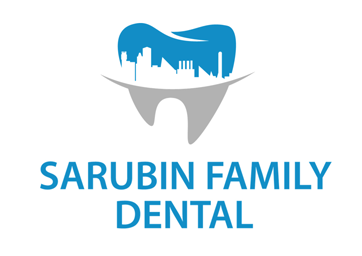From your lips to your teeth to your tongue, your mouth is a weird and wonderful place. It lets you eat, talk, and smile. These surprising mouth facts will help you learn more about this important body part – and maybe help you win your next trivia game!
Your Adult Teeth Are Older Than You Might Think
You probably remember losing your baby teeth and getting your adult teeth around age 6 or 7. But did you know that your adult teeth start developing before you’re born? Fetuses start developing baby teeth around six weeks after conception, and adult teeth start developing about six weeks later.
However, it takes several more months for the baby teeth to finish forming, and years for the adult teeth to finish developing.
What Are Those Bumps on Your Teeth?
Speaking of adult teeth, you might have noticed that your or your child’s adult front teeth had bumps on the chewing edges when they first came in. Don’t worry – those bumps, called mamelons, are perfectly normal.
But why do you have them? The leading theory among dentists is that mamelons help your adult teeth break through your gums. Usually, they wear down over time from biting, but if not, a dentist can smooth their appearance.
What about the Bumps on Your Tongue?
Your teeth aren’t the only part of your mouth with bumps. You’ve probably noticed visible bumps on your tongue, too. Most people assume these bumps are taste buds, but that’s not quite right. In fact, individual taste buds are too small to see with the naked eye.
The bumps you see are called lingual papillae, and most of them contain many taste buds in each tiny bump. There are four different types of lingual papillae that all serve different purposes, and all types except one contain taste buds.
Your Taste Buds Can’t Taste on Their Own
Believe it or not, your 10,000 taste buds are useless on their own. Food molecules have to be dissolved in our saliva before the receptors on our taste buds can detect them.
Although the lingual papillae and the taste buds inside them enable us to enjoy our favorite foods, they also have a downside when it comes to oral health. Bacteria tend to hide in the rough texture created by the bumps, which can cause bad breath and even dull your sense of taste! To avoid this, be sure to clean your tongue every day. We recommend using a tongue scraper, not just your toothbrush.
The Tongue Is the Only Muscle Group that Can Move without Bones
Most muscles need the help of the skeleton to move – but not the tongue! This is fortunate, because otherwise we wouldn’t be able to speak or eat.
The tongue also contains more muscles than you might think, including four muscles in the tongue itself and another four that attach it to the mouth and throat. Our tongues have an impressive range of motion, capable of shortening, lengthening, curling, and uncurling. Some people can even roll their tongues!
True or False? The Tongue Is the Strongest Muscle in the Body
False! However, the tongue has amazing stamina because it contains several redundancy systems. With eight different muscles working together, it doesn’t get tired easily. If one muscle gets tired, the others can compensate.
Want to Know More Mouth Trivia?
Your twice-annual dental exam is a great chance to learn more about your mouth and teeth. Your dentist and hygienist will be more than happy to share some mouth facts with you while they examine your teeth! Schedule your appointment today!
